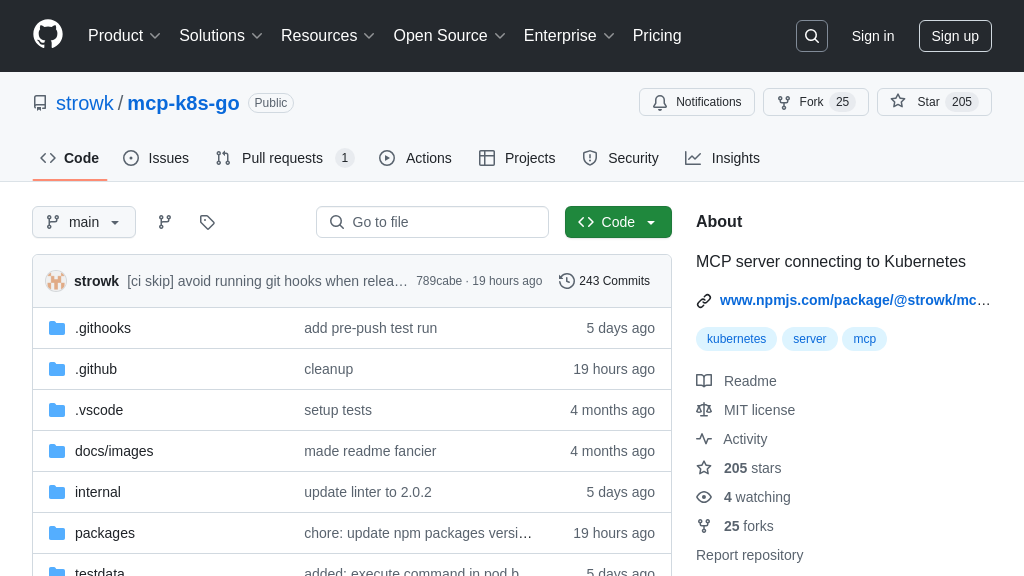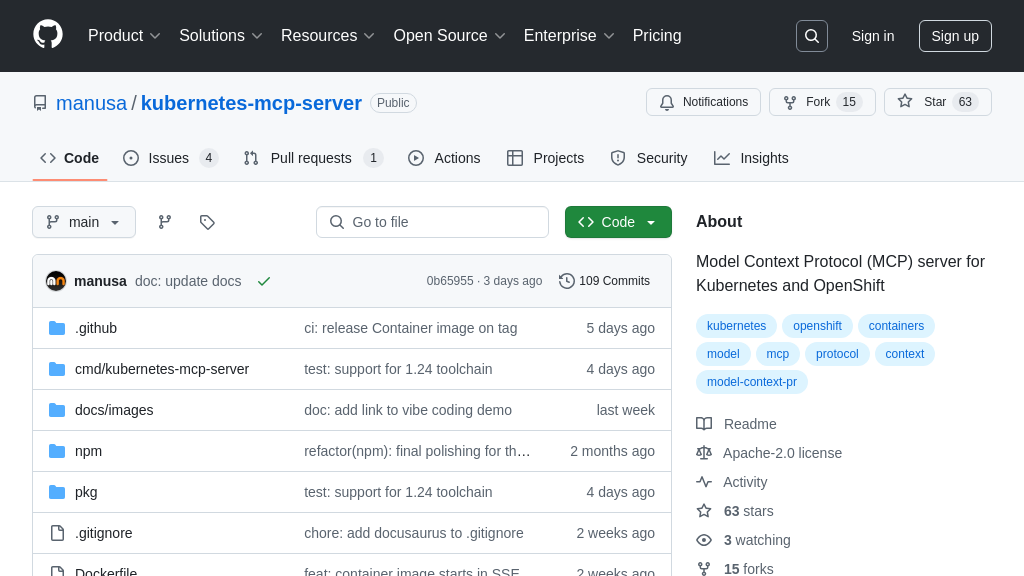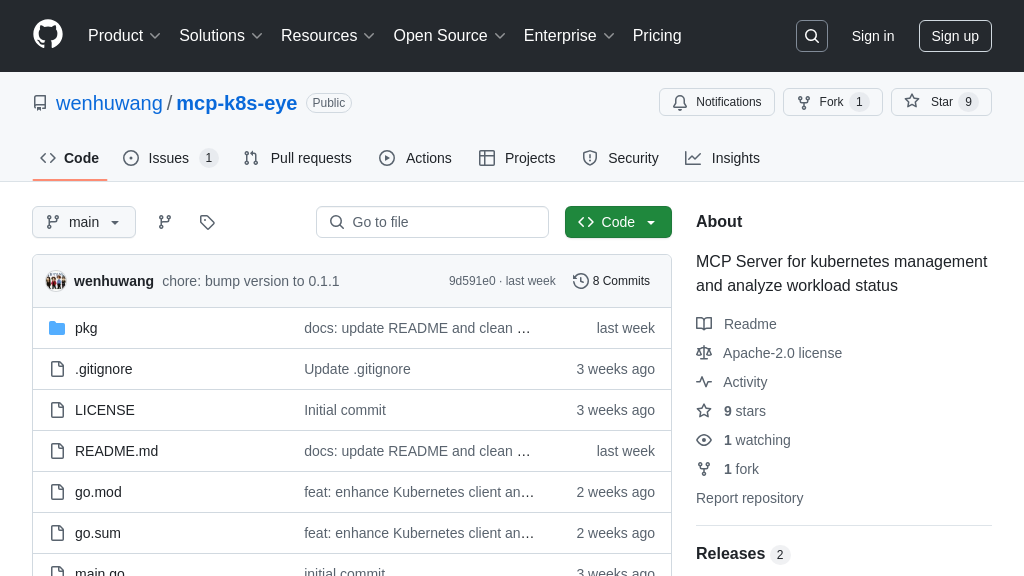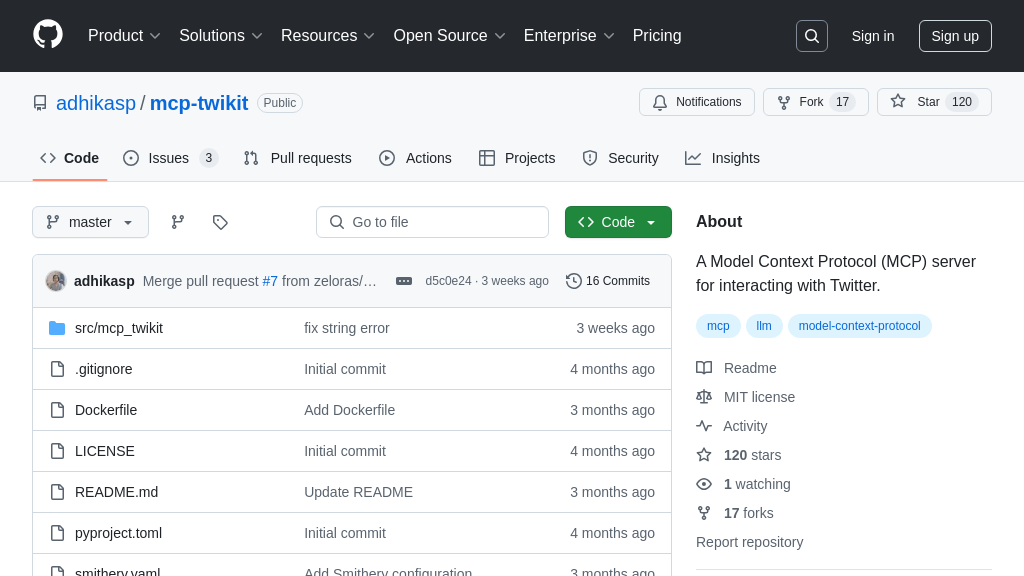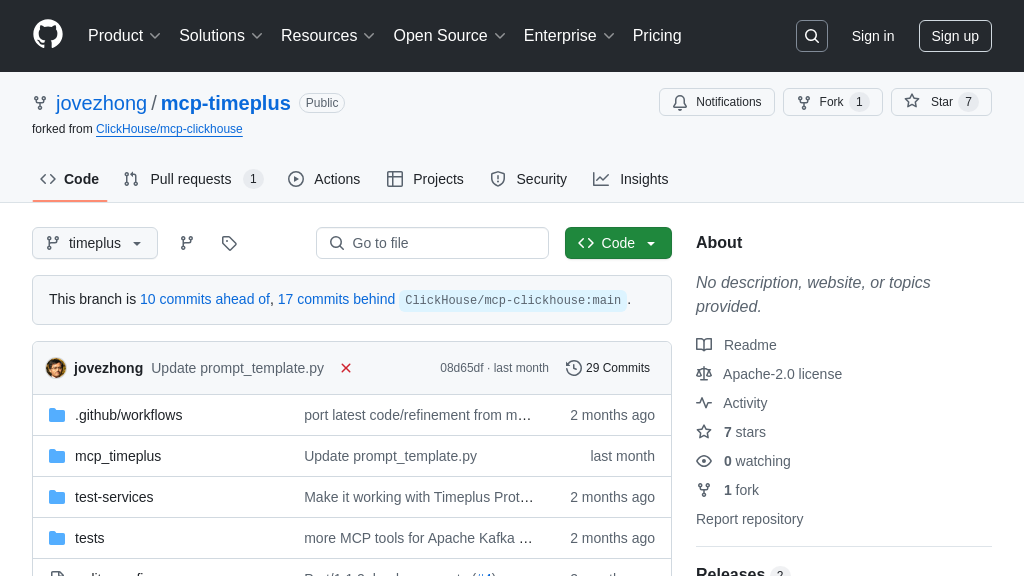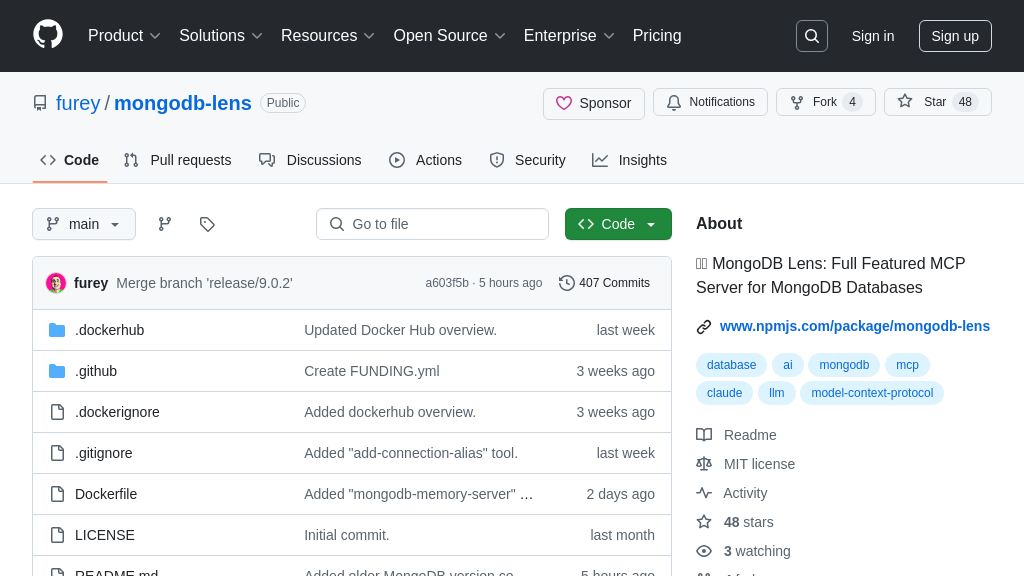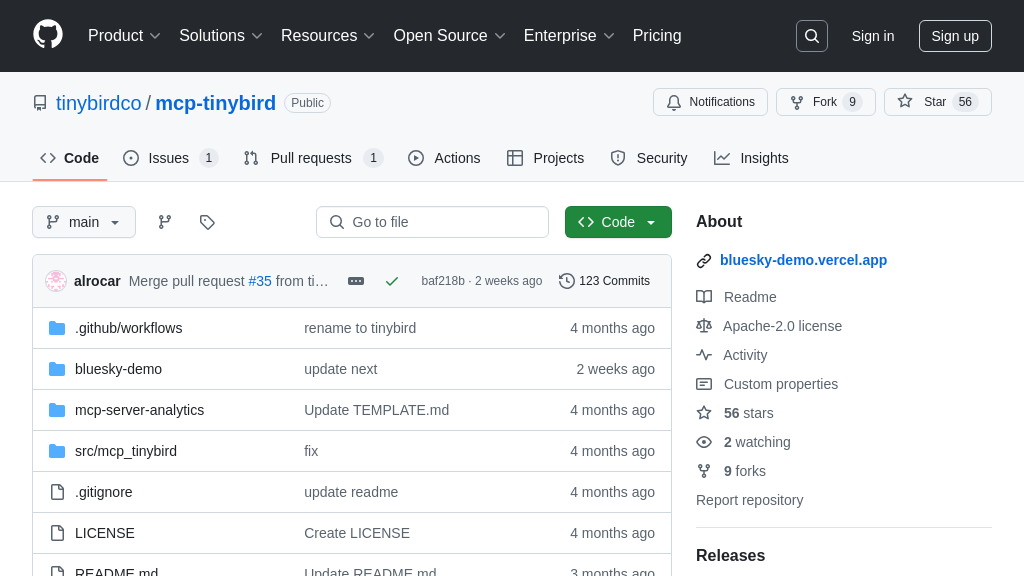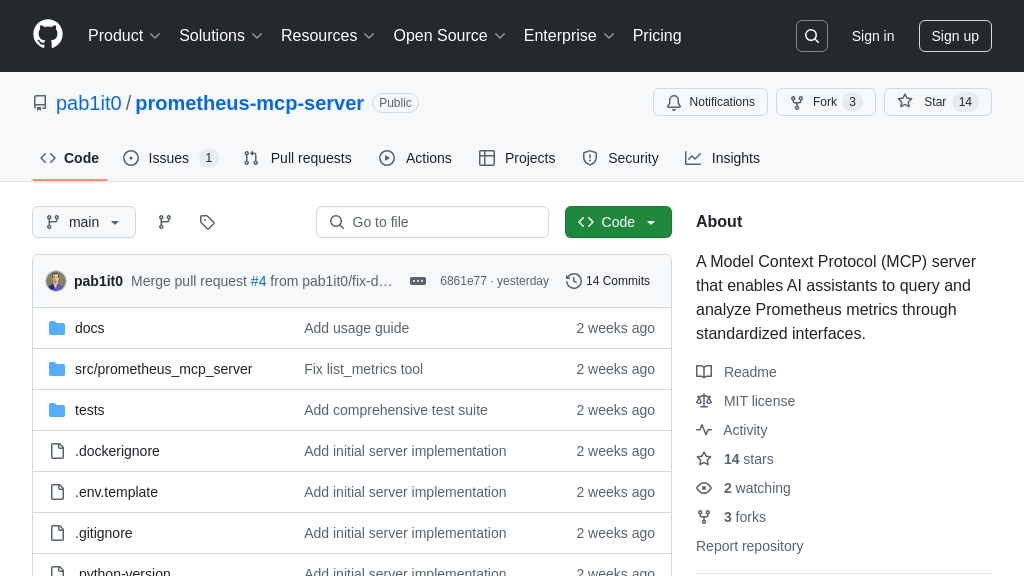bugsnag-mcp
Bugsnag MCP server: Integrate Bugsnag error monitoring with AI models for faster debugging.
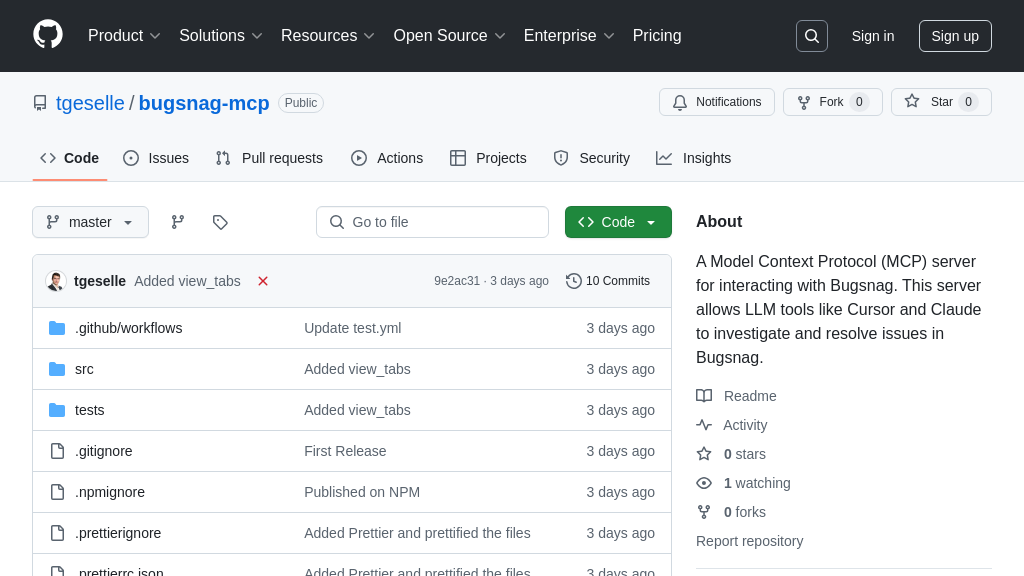
bugsnag-mcp Solution Overview
Bugsnag MCP server is a valuable tool server within the MCP ecosystem, designed to connect AI models with Bugsnag's error monitoring and analysis platform. It empowers developers to leverage LLMs like Cursor and Claude to investigate and resolve software issues directly within their AI-powered workflows.
This server provides features such as organization and project navigation, error and event filtering, detailed stacktrace viewing with source code context, and exception chain visualization. It allows AI models to access comprehensive error details, event history, and search capabilities within Bugsnag. By distinguishing between project and library code, and identifying recurring error patterns, it helps pinpoint the root causes of issues efficiently.
The Bugsnag MCP server seamlessly integrates with AI models through a simple configuration, requiring only the Bugsnag API key. This integration enables developers to use natural language prompts to explore their Bugsnag account, find and analyze errors, and search for specific issues. It offers a suite of tools for organization and project management, error and event management, stacktrace analysis, and issue management, enhancing the debugging and issue resolution process.
bugsnag-mcp Key Capabilities
Error Monitoring and Analysis
Bugsnag MCP provides a suite of tools for AI models to effectively monitor and analyze errors within applications tracked by Bugsnag. It allows LLMs to browse the Bugsnag hierarchy, filtering errors and events based on various criteria like status (open, fixed, ignored), and sort order (newest, oldest, priority). The server exposes detailed stack traces with source code context, highlighting error lines, and visualizes the full exception chain, enabling AI models to understand the root cause of errors. This functionality is crucial for AI-powered debugging tools that can automatically identify, diagnose, and suggest solutions for software bugs. For example, an AI model could use this to analyze a spike in errors after a new deployment, pinpoint the problematic code, and suggest a rollback if necessary. The view_stacktrace and view_exception_chain tools are central to this feature.
Code Intelligence and Context
This feature enhances AI's understanding of code related to errors. Bugsnag MCP distinguishes between project code and third-party libraries, providing relevant code snippets around error locations. This allows AI models to focus on the application's codebase when analyzing errors, filtering out noise from external dependencies. By identifying recurring patterns across multiple errors, the system helps AI models detect systemic issues and potential areas for code improvement. For instance, an AI model could use this feature to identify a common error pattern in a specific module and suggest refactoring the code to prevent future occurrences. The ability to view source code context directly within the error report streamlines the debugging process for AI-powered tools. This is facilitated by the view_stacktrace tool with the include_code parameter.
Issue Management via AI
Bugsnag MCP empowers AI models to manage issues within Bugsnag directly. It provides search capabilities to find issues by error class, message, or app version, and offers comprehensive information about each error, including its event history. This allows AI models to triage and prioritize issues based on their severity and impact. For example, an AI model could automatically assign a higher priority to errors affecting critical user flows or those with a high frequency of occurrence. The search_issues tool allows AI models to proactively identify and address potential problems before they escalate. Furthermore, AI can use the list_error_events tool to understand the progression of an error over time.
Organization & Project Navigation
The Bugsnag MCP server allows AI models to seamlessly navigate the Bugsnag organizational structure. The list_organizations tool provides a list of available Bugsnag organizations, while the list_projects tool lists projects within a specified organization. This is fundamental for AI-driven tools that need to operate across multiple projects or organizations, enabling them to dynamically adapt to different contexts and configurations. For example, an AI model could use this feature to automatically generate reports for each project in an organization, providing a comprehensive overview of the application's health. This feature simplifies the management of complex Bugsnag deployments and enhances the efficiency of AI-powered monitoring and reporting tools.
Integration Advantages
Bugsnag MCP's design as an MCP server offers significant integration advantages. By adhering to the Model Context Protocol, it provides a standardized interface for LLM tools like Cursor and Claude to interact with Bugsnag. This eliminates the need for custom integrations and ensures compatibility across different AI platforms. The server's simple setup, requiring only an API key and configuration within the LLM tool, minimizes the barrier to entry for developers. The use of npx for execution further simplifies deployment, as it avoids the need for global installations. This standardized approach promotes interoperability and reduces the complexity of integrating Bugsnag with AI-powered development workflows.
